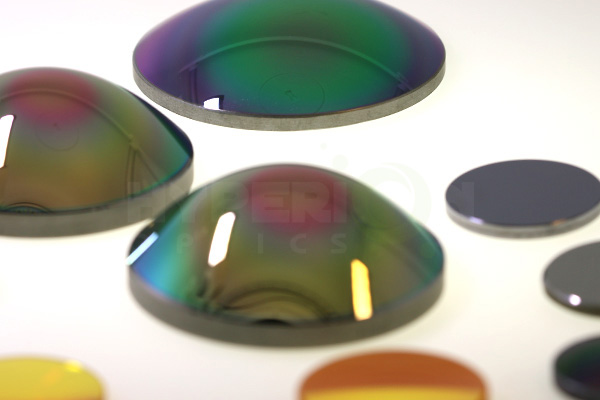A prism is a transparent object surrounded by two planes that intersect but are not parallel to each other, used to split or disperse light beams. Prisms are polyhedrons made of transparent materials (such as glass, crystal, etc.). It is widely used in optical instruments. Prisms can be divided into several types according to their properties and uses. Optical prism is a very important application component in the field of optics. After years of development and derivation, it has become an optical component product of many types and different application fields. So do you know the main types of optical prisms? What is the principle of optical prism?
Optical prism, in optics, is a transparent optical element whose surface is polished to refract light. The correct surface angle depends on the needs of the application. However, in a broad sense, materials that are transparent to wavelengths can be used to make optical prisms, but traditionally and in appearance, optical prisms are usually produced using K9L and quartz substrates. Prisms can split light into its original components, the spectrum, and can also be used to reflect or split light into different polarizations.
As light moves from one medium to another, the speed changes, the path of the light is bent, and part of the light is reflected. The ratio of the angle change and reflection made by the beam at the interface is determined by the mutual index of refraction of the two media. The refractive index of most media is related to the wavelength or color of light, and when refracted by the surface of custom optical prisms, different degrees of color separation occur due to dispersion. Sometimes only the surface reflection of the prism is used instead of dispersion, if the angle of the light inside the optical prism when it hits the surface is steep, there will be total reflection and all the light will be reflected back inside.
Dispersive Prism: It is suitable for breaking down the composition of light, so that the light takes on the color of the original spectrum. Because the refractive index is related to the frequency of light, when white light mixed with various frequencies enters the optical prism, different frequencies are refracted to different degrees. Blue light is slowed down more than red light, and therefore deflected more than red light.
Reflecting prisms: Reflecting prisms are used to reflect light, such as reflecting telescopes.
Polarizing Prism: A polarizing prism that splits light into different polarized lights. Traditionally, such prisms are made of birefringent crystals.


 Call us on:
Call us on:  Email us:
Email us:  R&D Center: Aoti Street #68 Building 4A 405 International R&D park, Nanjing
R&D Center: Aoti Street #68 Building 4A 405 International R&D park, Nanjing









 English
English  cn
cn  de
de  es
es  fr
fr 


